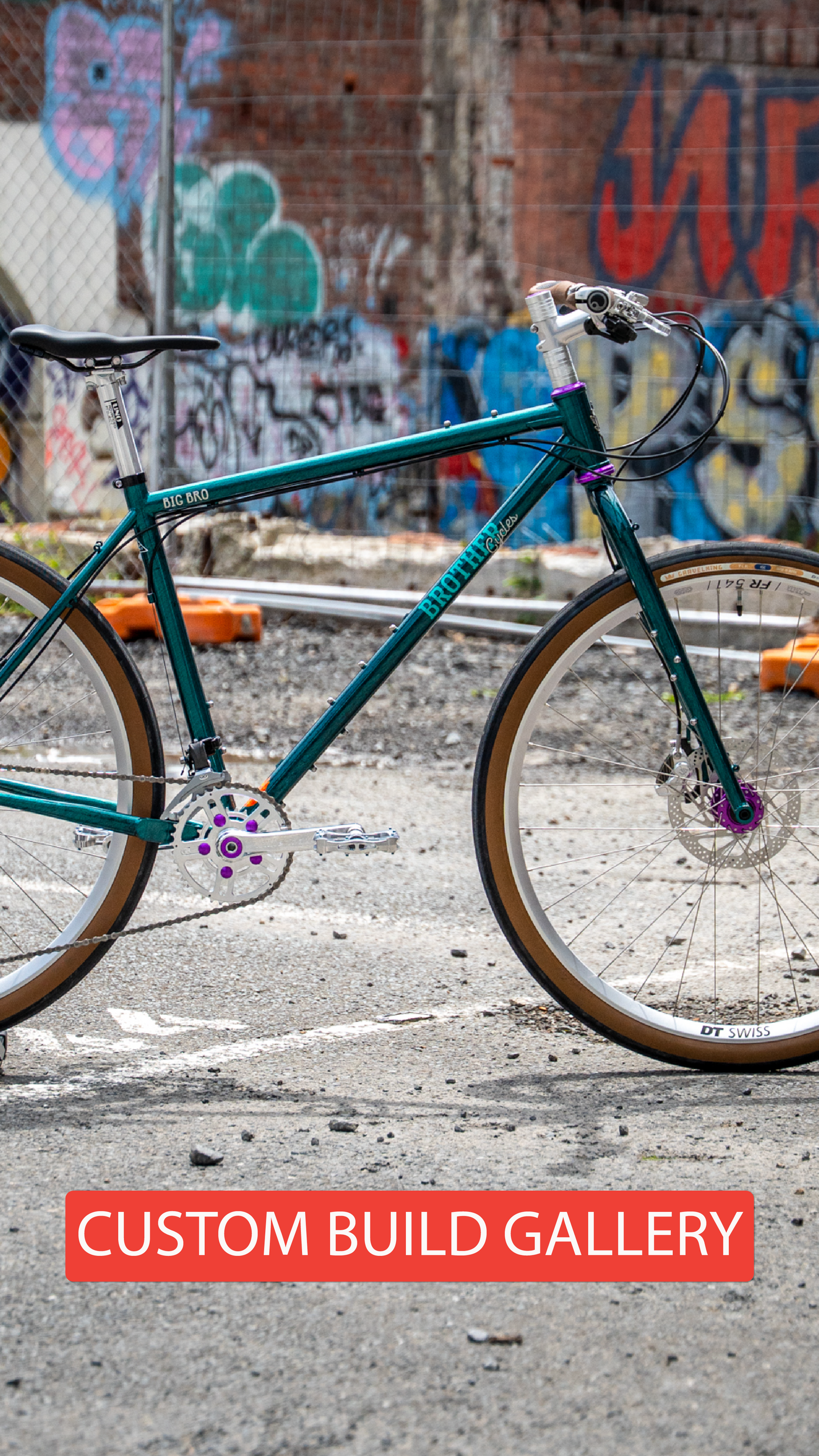FAQ: What are the benefits and drawbacks of different wheel sizes?
While many adventure bikes come with road bike standard 700c (28ish inch) wheels you will see options that run from small 26” wheels to large 29” wheels, they all have their own advantages and disadvantages. You may even see the same bike available with different wheel sizes (looking at you Surly Disc Trucker). Smaller wheels typically are sturdier and behave better under load, hence why many touring/ bikepacking oriented rides will have them. Some bikes such as the Midnight Special also opt for a smaller wheel size to allow for greater tyre clearance, whilst keeping the handling very nimble. Larger wheels on the other hand roll more efficiently both on and off-road, making them ride faster and smoother.
Currently, there are two main wheel sizes in four categories you will see in this segment:

29er/700c
These two categories are based around the same diameter rim, but are made to accommodate different tyre sizes. 700c is the traditional road bike size, and is made to usually accommodate the skinny, Tour de France spec racing tyres you are already familiar with. In recent years, there has been an increase of bigger tyres in this size to increase gravel crushing capabilities, getting as big as 50mm wide.
Anything made to accommodate beyond this tyre size, which is roughly around 2 inches, is considered a 29er, and are built with a wider rim profile to better support the larger volume tyre. This wheel size used to be relatively uncommon, but recently has become much more popular, due to the benefits of more rolling efficiency and a smoother off road experience.

27.5 inch/650b
These two categories are similar to the last section in that they are both based on the same rim size, and mainly vary in their rim width, which determines their tyre size capacities. 650b is the narrower of the two, but unlike 700c it is known for being able to retrofit higher volume tyres onto bikes that are traditionally made for the 700c wheel size. This has made this wheel size especially popular with gravel cyclists as this type of riding often requires a greater volume tyre to handle rougher terrain.
27.5 inch is the MTB equivalent, which just as for 29ers means that they often have wide rims, and the capacity to run higher volume and knobbier tyres to handle rough, off road terrain.
One last thing - the categorisation of these wheels also largely tends to be determined in parallel with what handlebar the bike is running. So on a drop bar bike you are more likely to hear the terms 700c/650b, and with a flat bar bike 29er/27.5 inch terms are more likely to be used.
Holiday Notice
From 26 Dec – 10 Jan we’ll be open on reduced hours, 10am–3pm (closed stats).
Regular hours resume 12 Jan.
Workshop
Our workshop remains open over the holidays (reduced hours apply).
Web Orders
Web orders for items that are in stock in-store will continue to be processed over the holidays.

